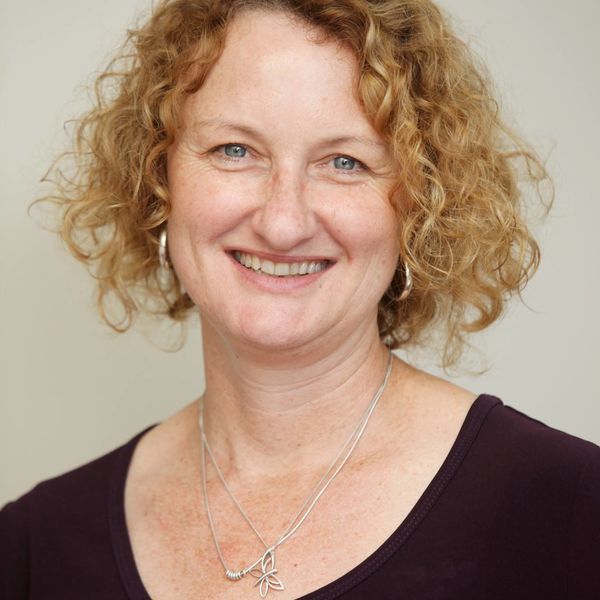
15 years of IVF patients – how have women changed?
The media is increasingly full of stories showcasing the latest 50 year old mum, or the celebrity who has undergone IVF. Even women who have used donor eggs are increasingly more comfortable discussing their medical history.
Written by Leita Fien, Clinical Nurse Specialist at Queensland Fertility Group
But, do these sensationalised stories really reflect the changing face of the IVF patient we see every day at our fertility clinic?
At Queensland Fertility Group Toowoomba we decided to assess the reality of these changes. In order to do this we conducted a retrospective study of 1587 women who had undergone IVF between 1998 and 2013 at our clinic in Toowoomba (based in the Darling Downs, west of Brisbane). We know that during this time there has been considerable social change, and we were interested to see how our patients may correspondingly have changed during this 15 year period.
Older women
Studies carried out by the Australian Institute of Health and Welfare informs us that the average age of women receiving treatment using their own eggs or embryos, is 36 years. We know too that over the last 20 years the average age of women giving birth has increased by 7.5%.
What did our study of 1,587 women show? The average age of women undergoing IVF treatment in Toowoomba has significantly increased by 6% - from 33 years in 1998 to 35 years in 2013. Interestingly, the major shift has been the marked increase in the number of women aged over 39 completing treatment - which 15 years ago was just 3% and by 2013 had grown to 18%.
Rising obesity
The number of overweight and obese Australians has been gradually increasing for the past 30 years across all demographics – from wealthy, metropolitan suburbs to rural and disadvantaged communities.
An Australian Bureau of Statistics Australian Health Survey identified that between 1995 and 2011/12 the average adult woman’s weight had increased by 4kgs. The report likewise stated that in 2011/12 27% of all females aged 18 and over were overweight with a Body Mass Index (BMI) of 25 to 30.
Toowoomba is no exception to this trend. It’s therefore not surprising that the average IVF patient has become heavier. Women undergoing IVF treatment in 1998 at QFG Toowoomba had an average weight of 66kgs, and this had increased up to 77kgs by 2013. More significantly, their BMI (which also takes into account their height) moved from normal at 24 to overweight at 28 in 2013.
Single Women and Same-sex Couples
Shifts have occurred in the structure of families and as a result, we have seen a considerable increase over the past five years in single and same-sex couples accessing donor sperm to start their families.
Looking at the subset of patients where female cause was the sole reason for them having treatment, the proportion of single women and same-sex couples undergoing IVF increased from 2% in 2008 to 22% in 2013.
15 years later
Women attending our fertility clinic in 2013 are significantly older, heavier and have an increased BMI than they did in 1998. However, as women delay child bearing, by choice or circumstance, we need to ensure that there isn’t an unrealistic expectation that medical science can undo the effects of age.
What would you advise?
Unfortunately, we still cannot reverse the aging process, but we can ensure women are given the correct information to help them make informed decisions earlier. For example, the increasing use of the Anti-Mullerian Hormone (AMH) test or as it's more widely known, the egg timer test, can help a Fertility Specialist better assess a woman’s fertility and guide the direction of her fertility treatment.
Many women still remain unaware of the effect of weight on their fertility. We advise weight loss with simple lifestyle changes and, if necessary, dietician support. In addition to boosting a woman’s natural fertility, this can also have a beneficial impact on pregnancy and the health of the child.
References: This data was presented by Leita Fien, Fertility Nurse, Toowoomba at the 5th Congress of the Asia Pacific Initiative on Reproduction (ASPIRE 2014) in conjunction with the Fertility Society of Australia Annual Conference held in Brisbane April 4-6, 2014. Leita would like to acknowledge and thank her co-authors and colleagues Susan Lax, Julie Logan, Jeremy Osborn, and Dr John Esler, Clinical Director QFG Toowoomba.
